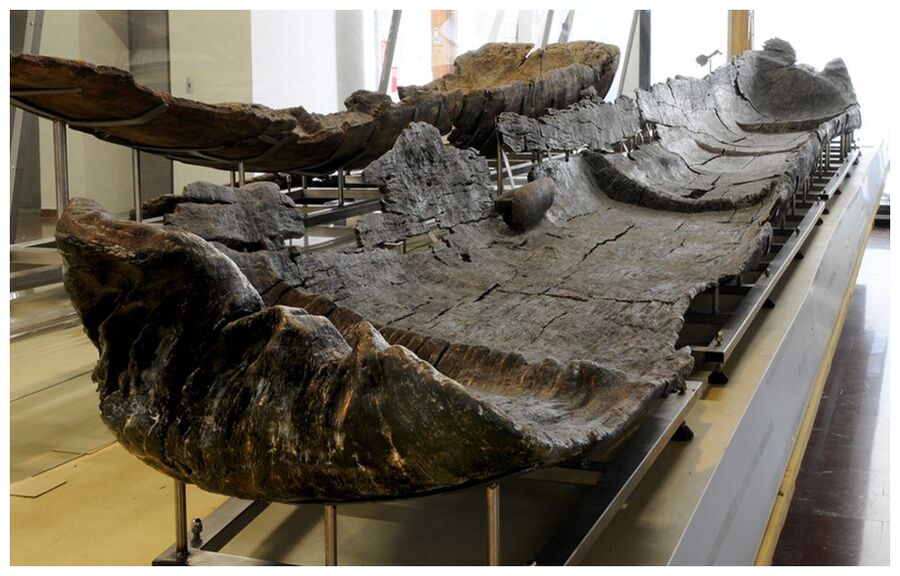OF THE
TIMES






The mystery of what happened to the bodies of more than 20,000 men who were killed at the Battle of Waterloo has dogged historians for decades.Meanwhile, in our own time, the West's current battlefields are providing cover for much more sinister trades:
Despite the passing of more than 200 years since the Duke of Wellington's triumph over Napoleon's forces in 1815, only two skeletons of fallen men have been found, with the most recent discovery coming last month.
The team discovered dozens of contemporary written accounts in Belgian, German and French archives that suggested the bones were plundered from 1834 onwards and used for the burgeoning sugar industry in Belgium.
The research also builds on previous work by Professor Pollard showing that some of the bones of the Waterloo dead were ground down and used to make valuable phosphate fertiliser.
The men and horses that were killed in the battle are believed to have been piled into mass graves, but these have never been discovered.
Dr Wilkin's research uncovered documents and publications in the Belgian state archives and other stores of documents, most of which are closed off to most researchers.
The trade in bones took off in Belgium in 1834, after a new law had liberalised the practice.
Figures taken from Belgian parliamentary debates show how whilst no bones were exported from Belgium to France between 1832 and 1833, the trade exploded from 1834, when there were 350,000kg sent.
More than two decades earlier, French entrepreneur Charles Derosne found that ground down and heated bone - known as bone char - was a more effective filter of sugar beet than charcoal.
An 1835 article from French newspaper L'Independent that was found by Dr Wilkin's team recorded how industrialists had been given permission to 'excavate the battlefield of Waterloo, in order to remove the bones of the dead, which are piled up there in such large numbers, and to make bone char.'
Comment: There's a plethora of research showing the deleterious impact agriculture has had on human health. However, in our own era, it appears that it's not only the increase of grains, fruits, vegetables, and sugar that is harming health, but the reduction of animal protein and fats, which have been replaced with toxic vegetable and seed oils alongside inferior vegetable proteins. In addition, industrial agricultural practices that degrade plant and soil health have been shown to reduce nutrient content: